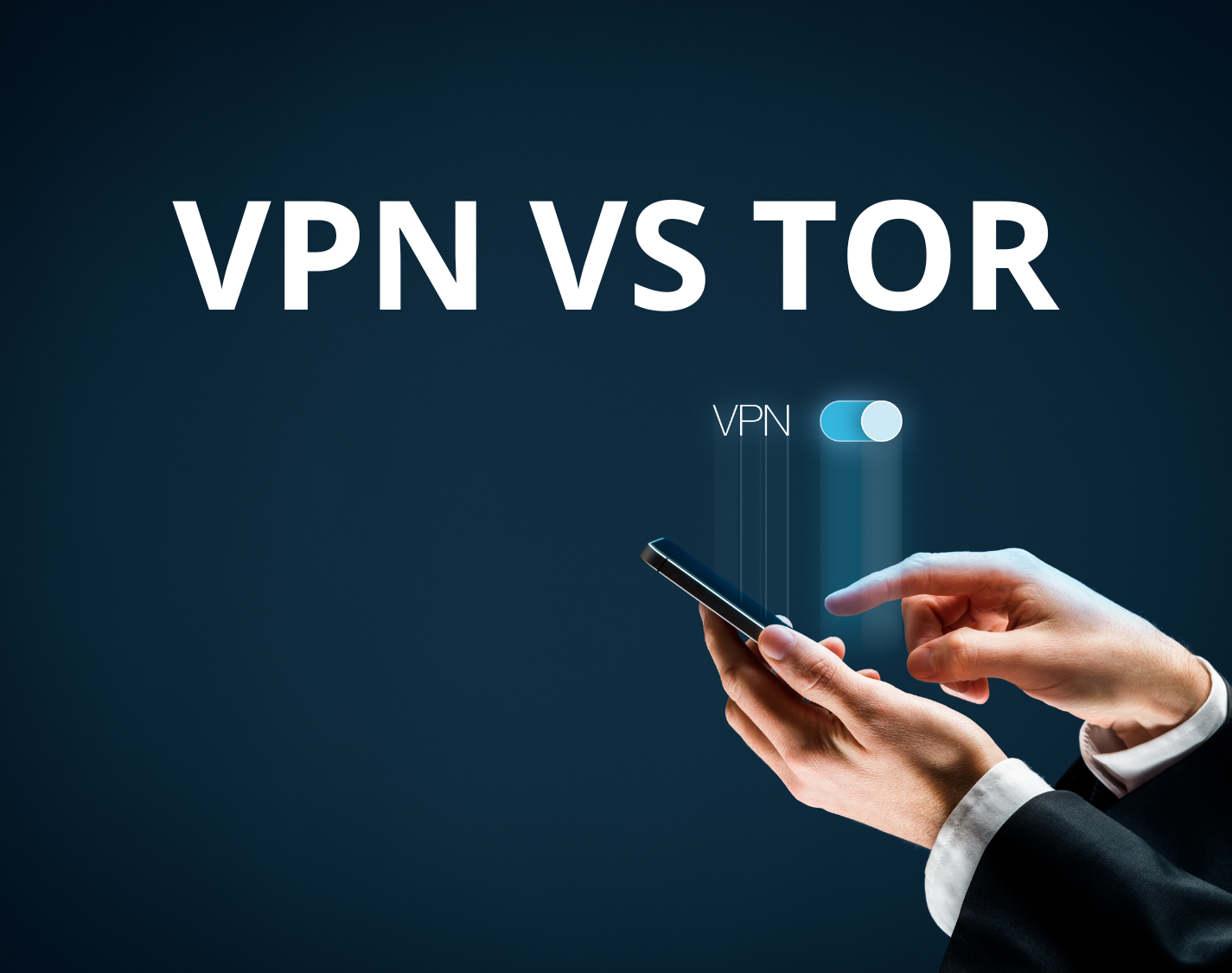
What Are The 3 Types of Network Protocols With Examples – Dive into the fascinating realm of network protocols! Learn about the different types of network protocols, their functions, and real-world examples. Discover how they shape the internet as we know it.
In the digital age, network protocols are the unsung heroes that enable seamless communication across the internet. These protocols are the foundation upon which the entire web is built.
In this comprehensive guide, we’ll unravel the intricate world of network protocols, exploring their types, functions, and real-world applications.
Whether you’re a tech enthusiast or just curious about how the internet works, this article is your ticket to understanding the backbone of modern communication.
What is Network Protocols
Network protocols are a set of rules and conventions that govern how data is transmitted, received, and processed in a computer network. They define the standards and procedures that devices within a network must follow to communicate effectively with each other.
These protocols ensure that data can be sent, received, and understood consistently across different hardware and software platforms, allowing for seamless and reliable communication in the digital world.

3 Types of Network Protocols
Network protocols are classified into various categories, each serving a specific purpose in the world of communication. Let’s delve into the three primary types:
1. Transport Layer Protocols
At the heart of network communication are transport layer protocols. They ensure data transfer between devices is reliable and efficient. Three noteworthy transport layer protocols include:
- Transmission Control Protocol (TCP)
TCP guarantees the delivery of data packets in the correct order and ensures error correction. It’s the go-to choice for applications like web browsing and email. - User Datagram Protocol (UDP)
UDP, on the other hand, sacrifices reliability for speed. It’s favored for real-time applications like video conferencing and online gaming. - Internet Control Message Protocol (ICMP)
ICMP isn’t used for data transfer but rather for diagnostic and error reporting. It’s vital for troubleshooting network issues.
Transport Layer Protocols, as part of the layered communication model, serve a crucial role in network communication by ensuring reliable and efficient data transfer between devices.
The Transport Layer is the fourth layer of the OSI (Open Systems Interconnection) model and is responsible for end-to-end communication. It includes several important protocols, with the most prominent ones being Transmission Control Protocol (TCP) and User Datagram Protocol (UDP).
While TCP and UDP are the most well-known Transport Layer protocols, other specialized protocols exist to address specific requirements. For example, the Internet Control Message Protocol (ICMP) is used for diagnostic and error reporting, and the Datagram Congestion Control Protocol (DCCP) is designed for applications requiring congestion control.
In conclusion, Transport Layer Protocols, especially TCP and UDP, play a pivotal role in network communication. They enable reliable data transmission while offering flexibility to choose between reliability (TCP) and speed (UDP) based on the specific needs of the application. Understanding these protocols is essential for building efficient and robust networked systems.
2. Internet Layer Protocols
The internet layer protocols are responsible for routing data across networks. The most prominent one is the Internet Protocol (IP). This layer also includes:
- Internet Protocol version 4 (IPv4)
Despite being outdated, IPv4 is still widely used. It assigns unique IP addresses to devices, allowing them to communicate within a network. - Internet Protocol version 6 (IPv6)
IPv6 was introduced to address the exhaustion of IPv4 addresses. It provides a vast pool of unique addresses, essential for the growing number of internet-connected devices.
Internet Layer Protocols, also known as Network Layer Protocols, operate at the third layer of the OSI (Open Systems Interconnection) model.
This layer is responsible for routing data packets from the source to the destination across a network, regardless of the underlying physical or data link layers. The most prominent and widely used protocol in this layer is the Internet Protocol (IP).
In conclusion, Internet Layer Protocols, with the Internet Protocol (IP) at the forefront, are the backbone of the internet. They enable the global network of networks to function by providing addressing, routing, and packet delivery services.
Their scalability, interoperability, and ability to connect diverse devices and networks make them essential components of modern communication.
3. Link Layer Protocols
Link Layer Protocols, also known as the Data Link Layer, are a vital component of network communication as they define how data is formatted, transmitted, and received over the physical layer.
This layer encompasses protocols that deal with communication between devices over a direct connection, be it wired or wireless. Let’s delve into the key aspects and protocols of the Link Layer:
1. Ethernet
- Wired Connectivity
Ethernet is one of the most common link layer protocols used for wired communication in local area networks (LANs). It uses a wired medium, such as twisted-pair cables, to transmit data packets. - CSMA/CD
Ethernet typically employs the Carrier Sense Multiple Access with Collision Detection (CSMA/CD) protocol to manage access to the shared network medium. Devices listen for a carrier signal and wait for an opportunity to transmit to avoid collisions. - MAC Addresses
Ethernet uses Media Access Control (MAC) addresses to uniquely identify devices on a network. These addresses are essential for delivering data packets to the correct recipient within a network. - Ethernet Frame
Data is encapsulated into Ethernet frames for transmission. Frames consist of source and destination MAC addresses, data payload, and control information.
2. Wi-Fi (802.11)
- Wireless Connectivity
The 802.11 standard, commonly known as Wi-Fi, facilitates wireless communication between devices. It allows for flexible and convenient network connectivity without the need for physical cables. - Wireless Access Points (APs)
Wi-Fi networks use wireless access points to provide connectivity to devices. Access points transmit and receive data wirelessly, enabling devices to connect and communicate within the network. - Wi-Fi Security Protocols
Various security protocols like WPA (Wi-Fi Protected Access) and WPA2/WPA3 have been developed to secure wireless communication and prevent unauthorized access. - SSID
The Service Set Identifier (SSID) is a unique identifier given to each wireless network. Devices use the SSID to connect to a specific Wi-Fi network.
3. Point-to-Point Protocol (PPP)
- Dial-Up and DSL Connections: PPP is often used for point-to-point communication over serial links, such as dial-up connections and Digital Subscriber Line (DSL) connections.
- Authentication and Encryption: PPP provides mechanisms for authentication and encryption, ensuring secure data transmission over potentially insecure links.
- Link Control Protocol (LCP): LCP is used within PPP to establish, configure, and test the data link connections.
4. Address Resolution Protocol (ARP)
- Address Resolution: ARP maps an IP address to its corresponding MAC address. When a device wants to communicate with another device on the same network, it uses ARP to obtain the MAC address associated with the IP address.
Link Layer Services: - Error Detection and Correction: Link layer protocols often include mechanisms to detect and correct errors that may occur during data transmission. This is crucial for ensuring data integrity.
- Flow Control: Flow control mechanisms in the link layer regulate the rate at which data is transmitted, preventing overwhelm and congestion.
- MAC Addressing: Assigning MAC addresses at the link layer ensures that each device has a unique identifier on the local network, enabling precise data delivery.
- Data Framing: The link layer encapsulates higher-layer data into frames, ensuring efficient and organized data transmission over the network.
In conclusion, Link Layer Protocols play a pivotal role in network communication by defining how data is transmitted over wired and wireless connections.
They handle addressing, error handling, and flow control, providing the necessary foundation for reliable communication between devices on local and wide area networks. Understanding these protocols is essential for anyone working in the field of networking and communication.
Subtypes of Network Protocols
In addition to the primary types, there are numerous subtypes and protocols that cater to specific needs:
- Wireless Protocols
Wireless protocols like Bluetooth, Zigbee, and NFC enable communication between devices without physical connections.
- Routing Protocols
Routing protocols, such as RIP, OSPF, and BGP, determine the best path for data to travel across a network.
- Application Layer Protocols
Application layer protocols, including HTTP, SMTP, and FTP, facilitate communication between software applications.
- Security Protocols
Security protocols like SSL/TLS ensure secure data transmission and protect against unauthorized access.
FAQs
Q1: What are the 3 types of network protocols with examples?
A1: The three primary types of network protocols are transport layer protocols (TCP, UDP, ICMP), internet layer protocols (IPv4 and IPv6), and link layer protocols (Ethernet and Wi-Fi).
Q2: How does TCP/IP work?
A2: TCP/IP (Transmission Control Protocol/Internet Protocol) is a suite of protocols that governs data transmission over the internet. TCP ensures data reliability, while IP handles routing and addressing.
Q3: Why is IPv6 important?
A3: IPv6 is essential because it provides a vast pool of unique IP addresses, addressing the shortage of IPv4 addresses and accommodating the growing number of internet-connected devices.
Conclusion
Network protocols are the invisible threads that weave the fabric of the internet together. From ensuring your email reaches its destination to enabling seamless video calls, these protocols are the unsung heroes of the digital age.
Understanding the various types and their functions is crucial for anyone interested in the world of technology and communication. So, the next time you browse the web or stream a video, remember the intricate dance of network protocols that make it all possible.




